Search the Special Collections and Archives Portal
Search Results
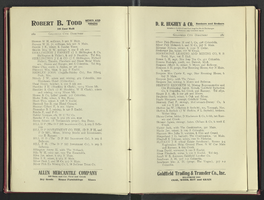
sod2021-076-095
Text
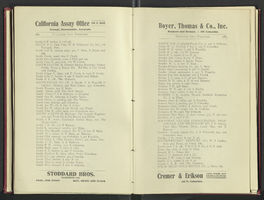
sod2021-076-096
Text
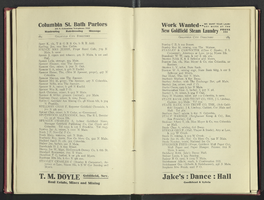
sod2021-076-097
Text

sod2021-076-098
Text

sod2021-076-099
Text
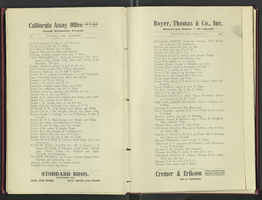
sod2021-076-100
Text

sod2021-076-101
Text
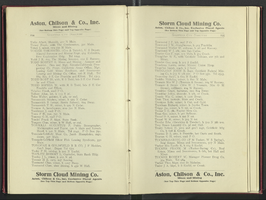
sod2021-076-102
Text
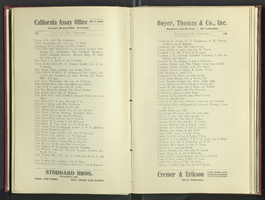
sod2021-076-104
Text

sod2021-076-105
Text
Pagination
Refine my results
Content Type
Creator or Contributor
Subject
Archival Collection
Digital Project
Resource Type
Year
Material Type
Place
Language
Records Classification
